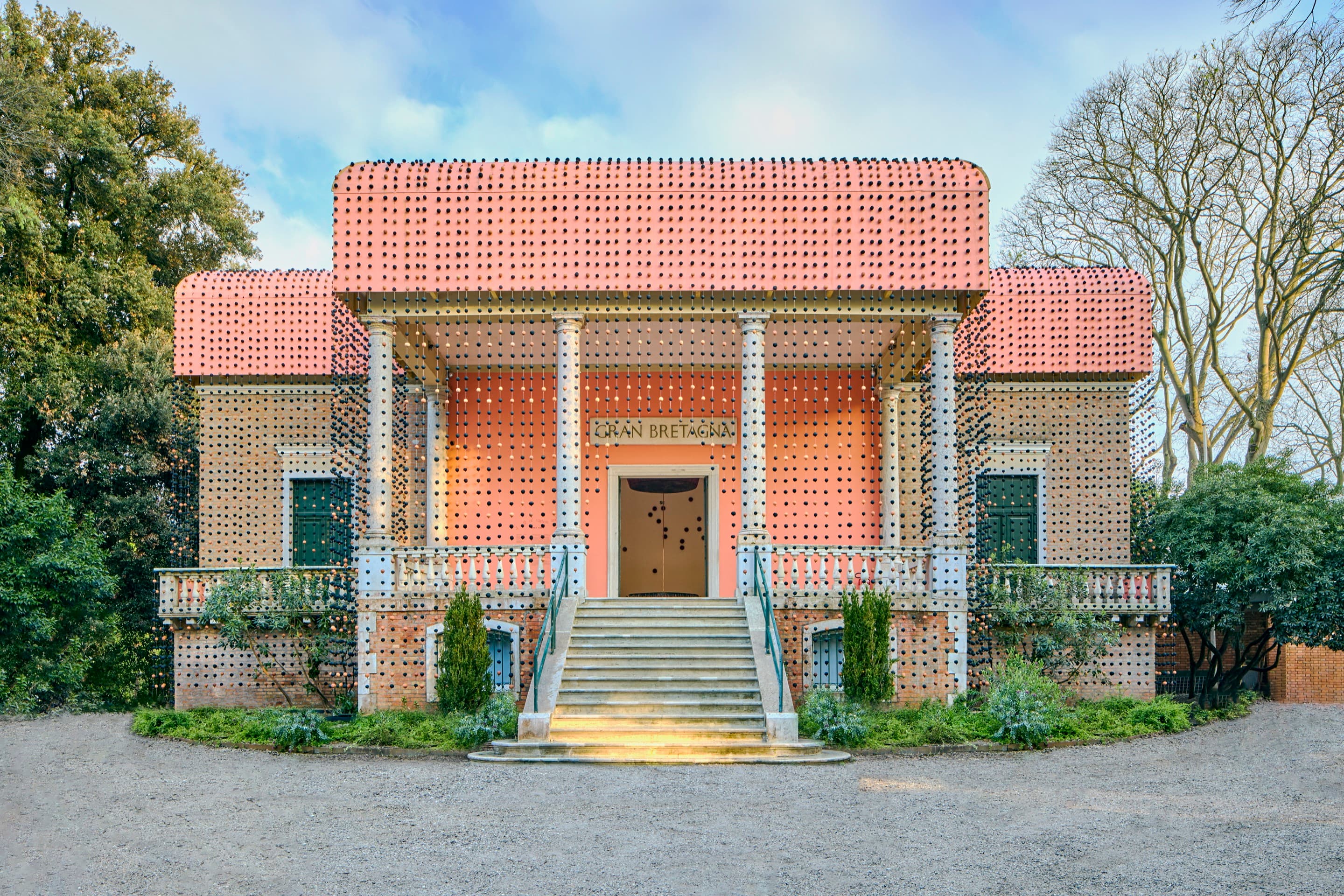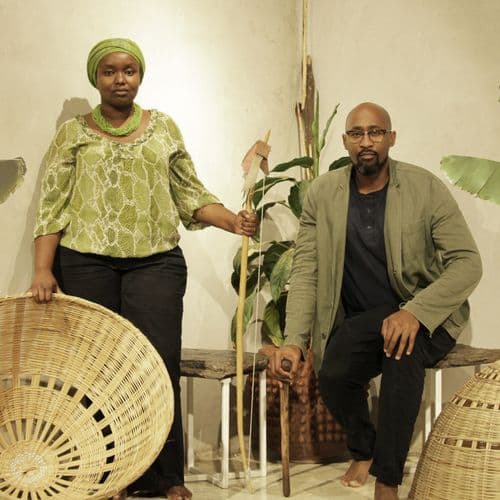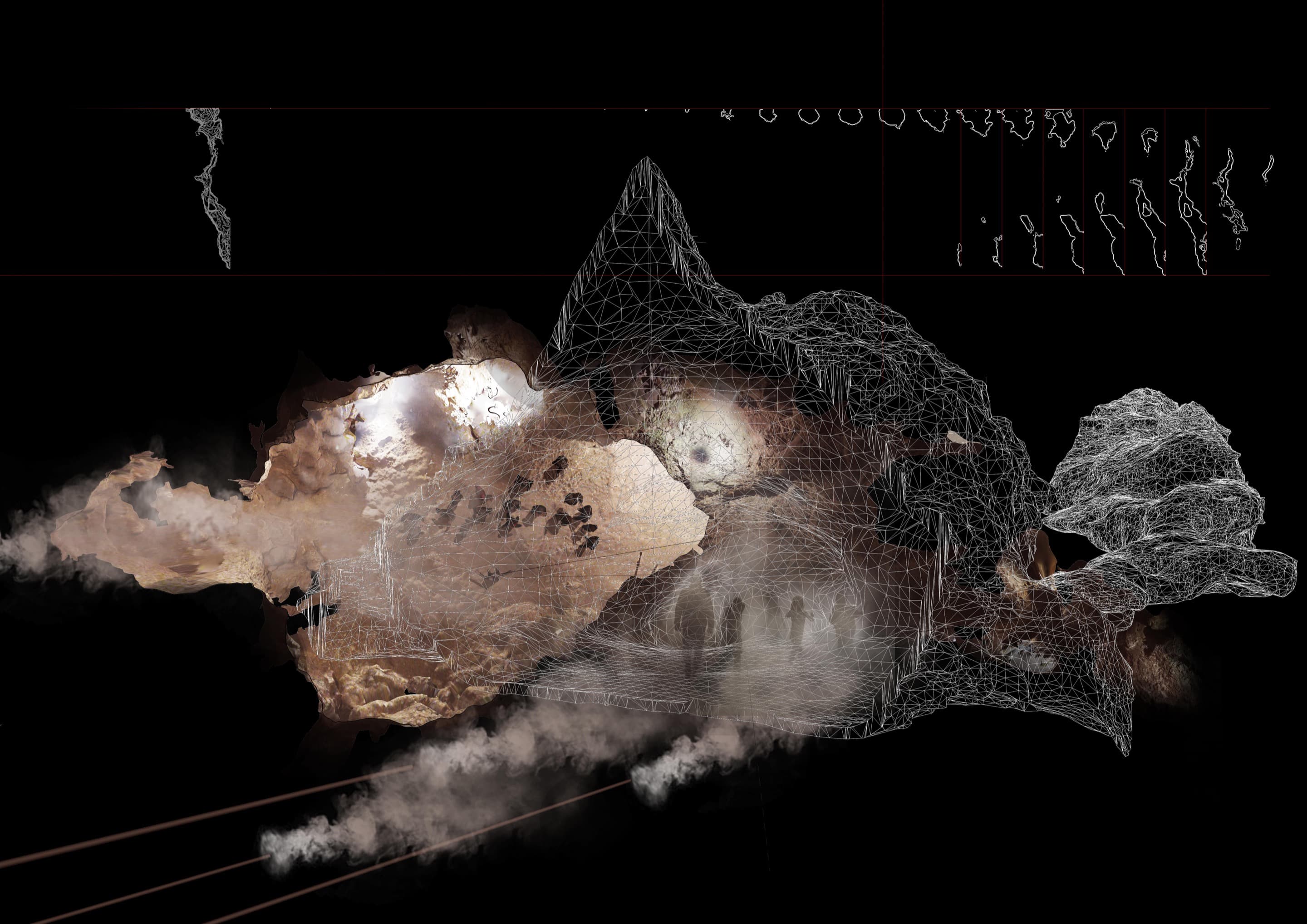Geology of Britannic Repair

In the Giardini at the 2025 Venice Architecture Biennale, the neoclassical facades of the British Pavilion were veiled with a fringe of spheres made from clay and agricultural waste, which drew its form from the traditional manyatta dwellings of Kenya’s Maasai people.
“The Maasai women have never been to architecture school,” Stella Mutegi of Cave_bureau—one half of the pavilion’s curatorial team—told The World Around. “And yet, they’ve built homes for centuries. They take only the materials they need from the earth, and once they’re done, they return them.”
Receiving a special mention from the Biennale jury, GBR: Geology of Britannic Repair presented a reading of architecture as an “earth practice”: a process through which humans intervene in the geology of the planet. The conceptual site of the exhibition was the Great Rift Valley: a series of depressions that runs from southern Turkey, along the Red Sea, and down to Mozambique. The “rift” appeared throughout the rooms of the pavilion, a metaphor for the ways in which architecture has been wielded by colonial powers to alter the connection between people and the environment, reorganize societies, and rupture traditions.
But while drawing attention to the destructive potential of architecture, the pavilion aimed to reposition it as a tool for repair and restitution. Holding space for non-extractive forms of practice, the pavilion stood as a call to reflect more critically on the role of architecture in the societies we build today, one that resounds far beyond the exhibition, carrying down the Great Rift Valley. “As architects, we feel it’s a moment not only to speak truth to power, but to present solutions,” emphasized Cave_bureau co-founder Kabage Karanja.
Speakers

Cave_bureau
Speaker
More from Cave_Bureau
